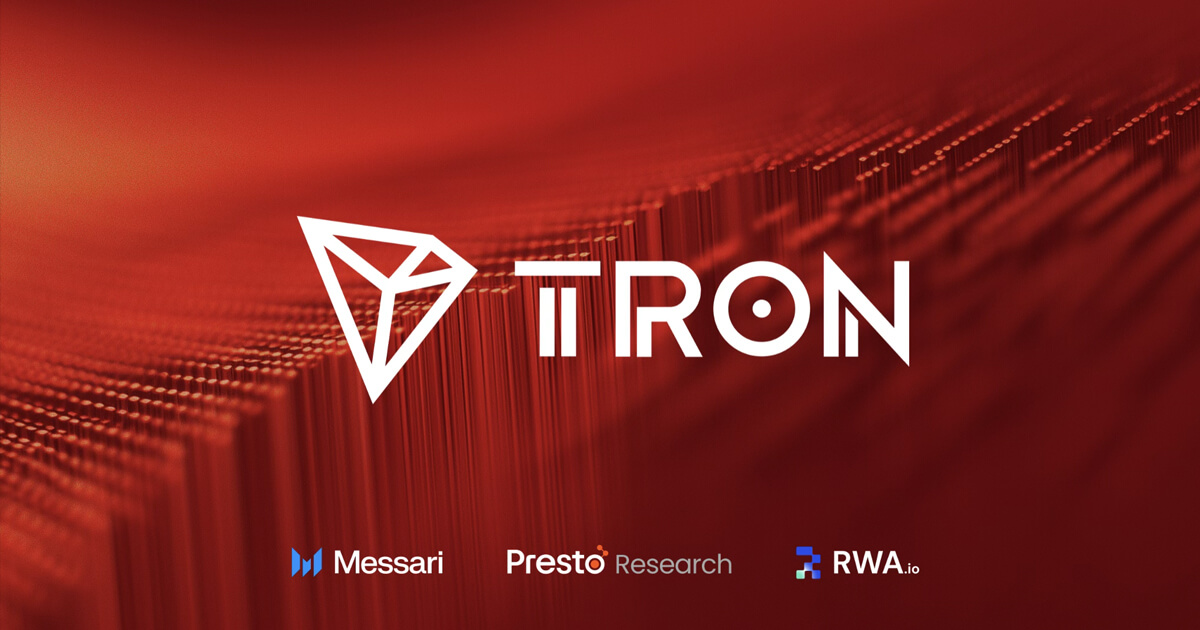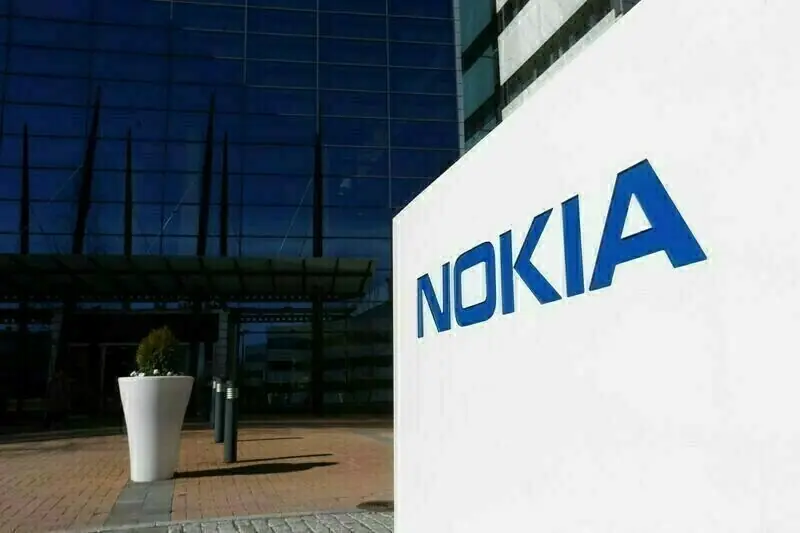Copyright forbes

Qualcomm’s latest move into the data center arena signals a shift in the balance of power for enterprise artificial intelligence, an industry historically dominated by Nvidia and AMD. With the unveiling of the AI200 chip for 2026 and the AI250 for 2027, both designed for rack-scale installations, Qualcomm is taking direct aim at the incumbent GPU leaders. For enterprise technology decision makers, this development stands to affect the fundamentals of cost, accessibility and future-proofing in AI infrastructure, marking a notable inflection point in the competitive landscape. The central impact for CXOs lies in the shift from a compute-driven model to one where memory capacity and inference efficiency define success. Qualcomm’s data center chips leverage architectures drawn from its mobile Hexagon NPUs, which historically powered devices from phones to desktops. By translating these competencies into full-rack, liquid-cooled systems capable of supporting dozens of chips, Qualcomm is offering an alternative to Nvidia’s entrenched training-centric GPU approach. The technical edge comes from a redesigned memory subsystem that delivers more than tenfold improvement in memory bandwidth over current Nvidia GPUs, directly addressing the bottleneck that hinders the throughput of large language models and generative AI workloads. In practical terms, this means enterprise operators deploying generative AI at scale could see faster turnarounds in AI inference, with lower ongoing energy requirements. For example, Saudi AI company Humain will become the first major Qualcomm customer with plans to bring online over 200 megawatts of Qualcomm-based compute in 2026, targeting use cases from natural language processing in financial services to recommendation engines in retail . Qualcomm racks are designed for direct datacenter integration, while standalone chips give hyperscalers the flexibility to upgrade existing servers with an energy-efficient AI engine. However, Qualcomm’s challenge extends beyond technical specifications. The adoption curve for new AI chips remains steep, largely due to the gravitational pull of Nvidia’s CUDA software ecosystem, which has become indispensable for model development and deployment in both research and production. While Qualcomm touts compatibility with major AI frameworks and “one-click” model deployment, enterprises will need to weigh developer retraining, migration timelines, and the risks posed by ecosystem lock-in before switching their inference stacks. This reluctance is compounded by the inertia of incumbent server procurement cycles and the long lead times required to retool datacenter operations for rack-scale NPUs. MORE FOR YOU Strategically, Qualcomm’s entry is timely given the evolving requirements of data centers. As training workloads plateau in frequency for many enterprises, real business value is shifting toward running scaled inference for deployed models. Here, Qualcomm’s pitch around cost containment and power efficiency is likely to resonate. These chips stand to lower total cost of ownership, especially for workloads where retraining is infrequent and resource allocation must be tightly managed. The partnership model, which is exemplified by Humain in Saudi Arabia and by ongoing collaborations with Nvidia, offers Qualcomm a pathway to market while leveraging familiar cloud deployment paradigms. Yet, risk factors persist. Integration poses technical hurdles, from ensuring seamless compatibility with existing orchestration tools to safeguarding against security vulnerabilities unique to AI rack deployments. Cost benefits will also depend on fierce price negotiations with hyperscale providers and ongoing support for open frameworks that ease vendor lock-in. What is the strategic takeaway for CXOs? Qualcomm’s rack-scale NPUs promise new efficiency gains and memory headroom, but require careful assessment of migration prerequisites, developer enablement and risk mitigation strategies. Ultimately, Qualcomm’s transition from consumer devices to enterprise-grade AI infrastructure exemplifies not just a rebalancing in hardware competition, but a redefinition in how business value is realized from AI investments. Decision frameworks for technology buyers should now incorporate memory bandwidth, rack integration readiness and total cost-of-ownership calculations alongside traditional compute benchmarks. For technology leaders charting future AI strategies, the emergence of Qualcomm’s alternative marks a new era of competitive possibilities, tempered by the need for rigorous, context-specific evaluation. Editorial StandardsReprints & Permissions



